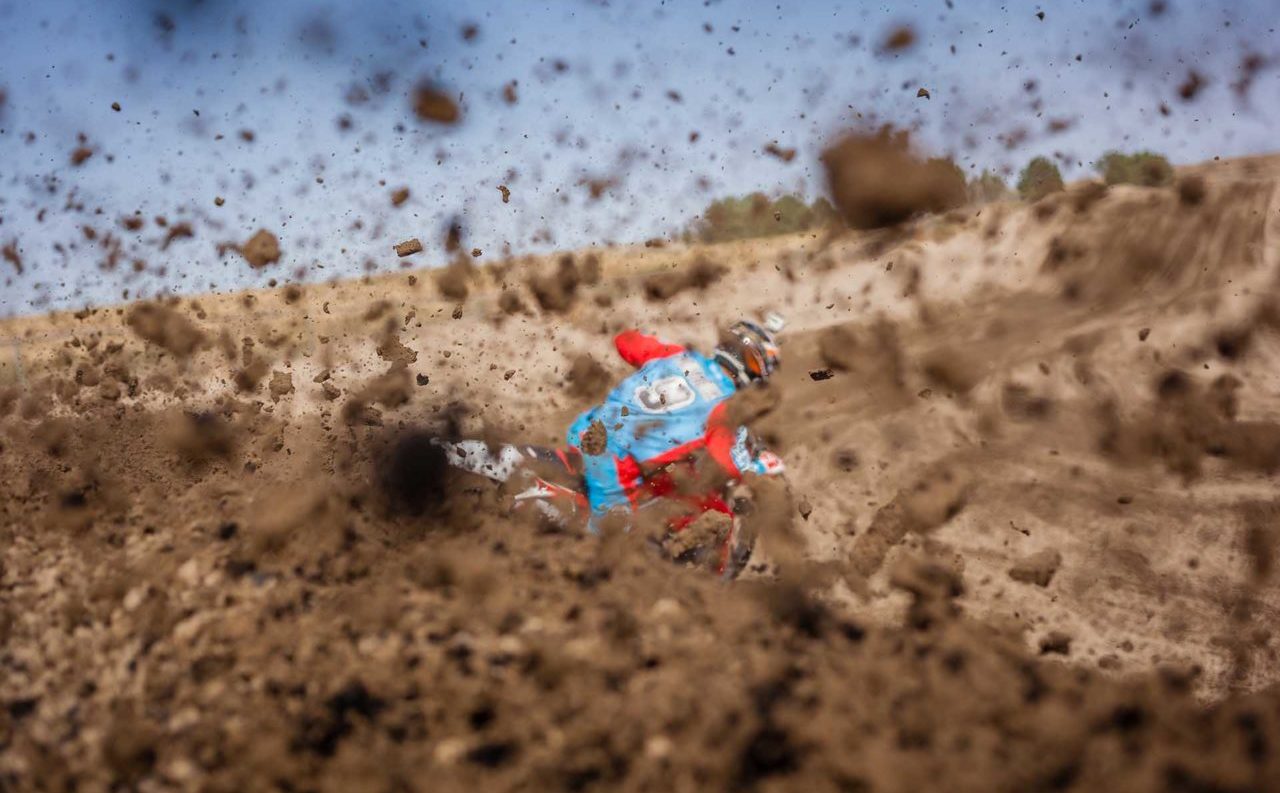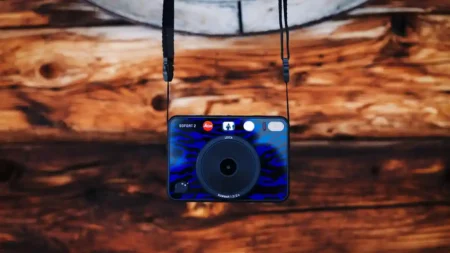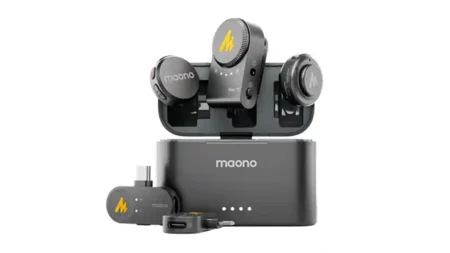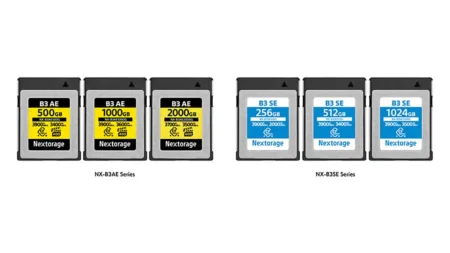Shutter speed and aperture are not the same. In laymen’s terms, your aperture is the size of the hole that lets light into your camera. And shutter speed indicates how long the camera opens its door to allow this light to reach your sensor.
Let’s explain it a bit further, starting with aperture.
How aperture affects your photos
Every lens has a series of blades within its internal design. These blades fan out around the circular interior and meet in the to produce a small hole that allows light through to the inner workings of your camera.
Do you remember making pinhole cameras in school? The smaller the hole, the sharper the image. And the smaller the hole, the longer you would have to pull the tape off that hole to allow light in to get a decent exposure. This is because a smaller hole lets in less light.
The same principle is at play in your lens. The smaller the aperture, the less light comes into your camera. The larger the aperture, more light goes in.
Where some people get confused is with the f stops. A large f number, such as f/16 or f/22, indicates a small aperture, while a small f number, such as f/2.8, represents a large – or ‘wide’ – aperture.
Something called depth of field also comes into play when you adjust your aperture. This tutorial covers depth of field pretty thoroughly, but in a nutshell what you need to know is that ‘depth of field’ means the zone of sharpness in your image – the area in which all things are sharp.
Images taken with a wide aperture at f/2.8 will have what’s called a shallow depth of field where very little is in focus except for your main subject. Portrait photographers like to use this technique to make their subjects stand out.
Images taken with a narrow aperture at f/16 will generally be sharp throughout the frame, provided you make your focal point about one-third into the frame. Landscape photographers tend to shoot at narrow apertures.
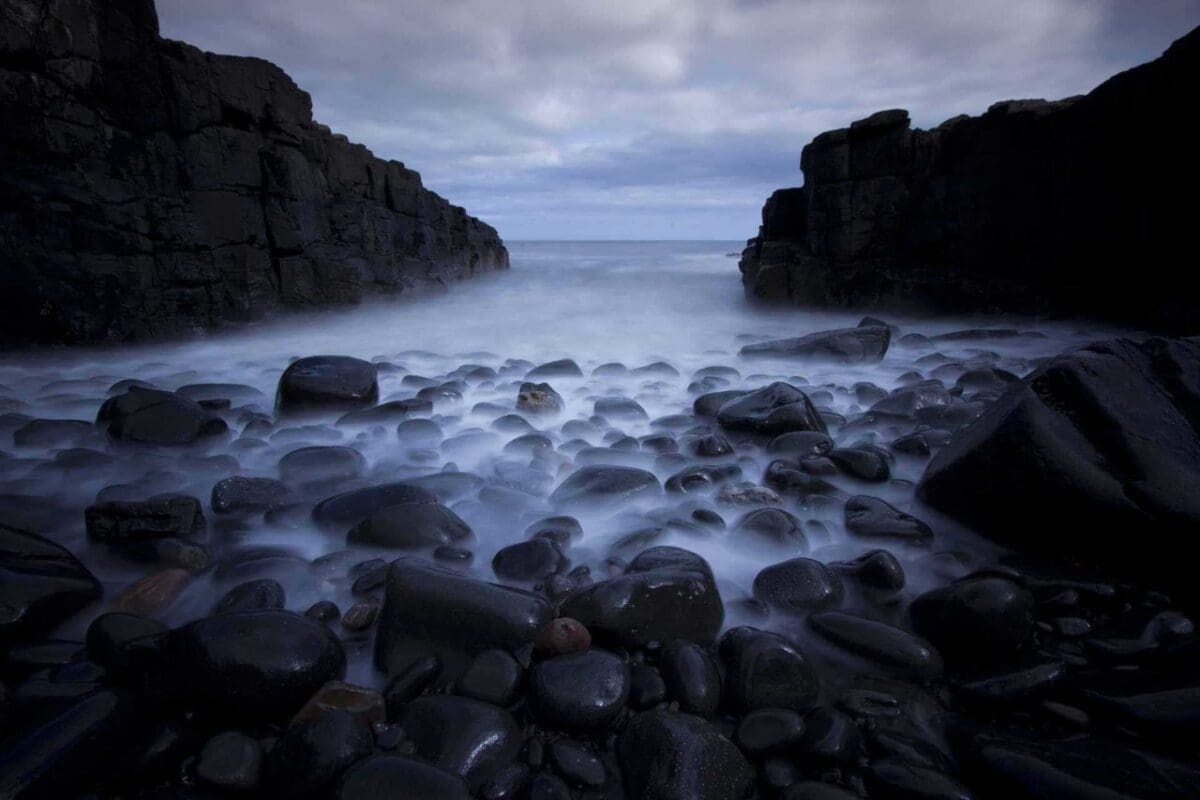
How shutter speed affects your photos
Shutter speed affects your photos differently than the aperture. Once you set your aperture value and determine how large that light hole should be, you need to determine how long your shutter needs to open in order to allow enough light into your camera to produce a decent exposure.
The longer you allow your shutter to stay open, the more colour and detail you will be able to capture in low light, as well as capture movement.
All those images of milky white seas you’ve seen, for instance: those are long exposures where the photographer has blurred the gentle motion of the tide to produce a flat, white surface. What you’re seeing is actually water that isn’t sharp!
The shorter the shutter speed – eg 1/1000sec – the more you will be able to freeze action.
Thankfully, your camera can help you with this. If shooting in Aperture Priority mode you can dial in the aperture setting you want (eg you can set it to f/2.8 if you know you want a shallow depth of field) and your camera will automatically set the best shutter speed available at that aperture value.
Likewise, you can set your camera to its Shutter Priority mode and set the shutter speed you want to shoot at (eg 1/1000sec to freeze motion). Your camera will then automatically set an aperture that allows you to achieve that shutter speed.
Are shutter speed and ISO the same?
No, shutter speed and ISO are not the same. Sometimes people get confused by this if they are shooting in their Aperture Priority mode. They might set a narrow aperture of f/16 and new shutter speed and ISO settings will appear on their camera’s display.
What is happening is that there isn’t enough light for you to shoot at f/16 at a shutter speed that allows you to hand hold the camera, or is slower than your camera’s minimum shutter speed. So to compensate your camera adjusts the ISO, or sensitivity.
Increasing the ISO when light levels are low helps you attain a faster shutter speed at which you can hold the camera. Your high ISO settings make your sensor more sensitive to light, allowing you to shoot in darker conditions. This comes at the expense of introducing noise to your images.
However, modern cameras have improved their noise reduction significantly, and with most cameras you can shoot confidently at speeds up to ISO 3200.
